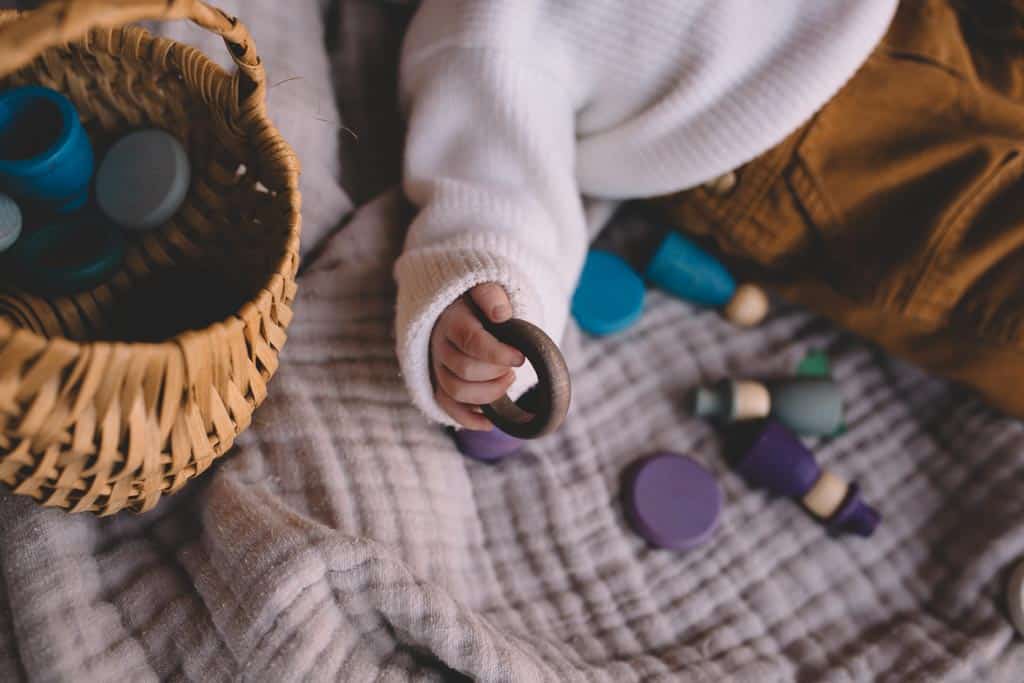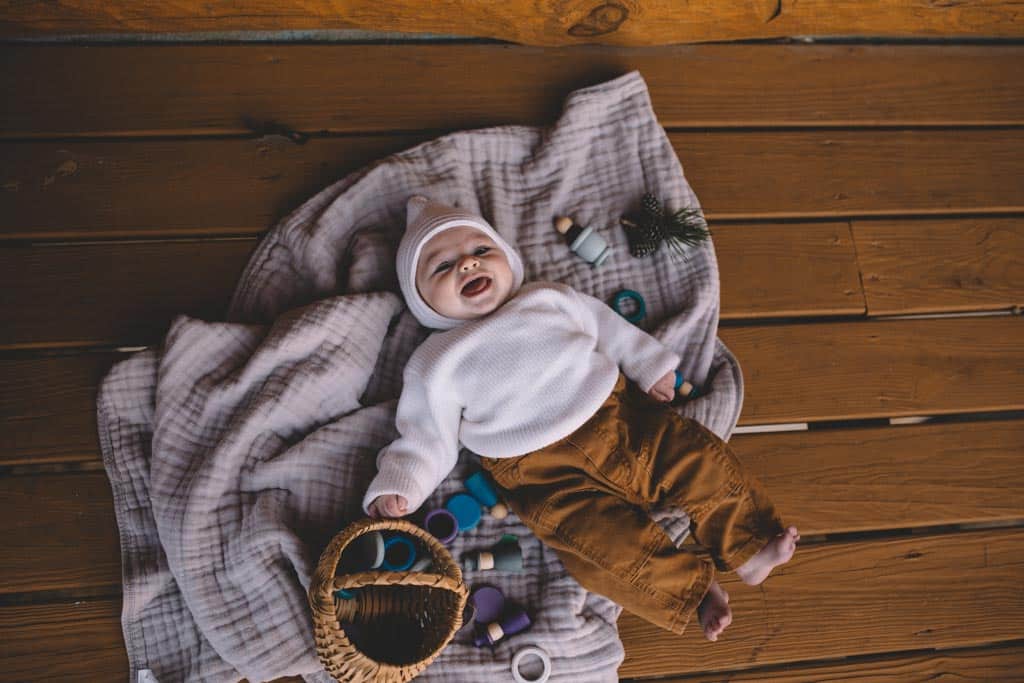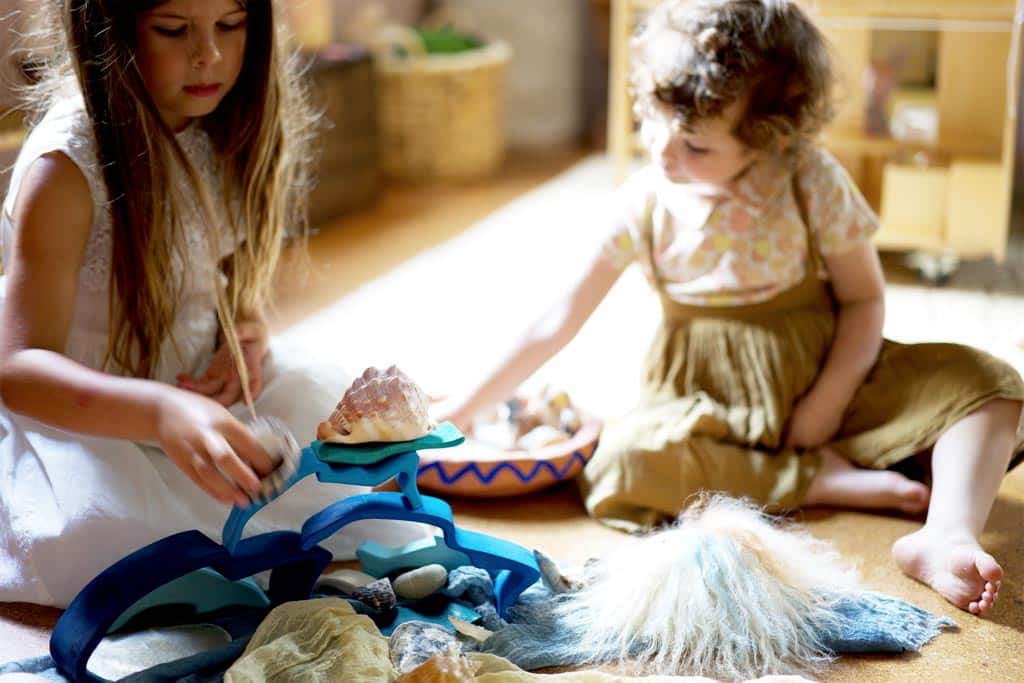Unoccupied play, though seemingly simple, plays a crucial role in your child’s early years. It lays the foundation for various developmental milestones and offers parents unique insights into their child’s world.
The six stages of play
Mildred Parten identified six stages of play, from unoccupied to co-operative. They chart children’s progression from playing alone to playing together. Read the rest of the series here:
What is unoccupied play?
Unoccupied play is the stage where your child isn’t actively playing with toys or engaging in structured activities. Instead, she might appear to be simply observing her surroundings or making seemingly random movements. It’s most often seen in babies.
Identifying unoccupied play
Spotting unoccupied play isn’t tricky if you know what to look for. Some behaviours that signal your child is engaged in this form of play include:
- Observing the world around her without directly interacting.
- Making spontaneous movements, like waving her arms or kicking her legs, without a clear goal or purpose.
- Seeming to be “in her own world” and not focused on any particular toy, activity, or person.

Why is unoccupied play important?
Unoccupied play, while it may seem like your child is doing “nothing”, is fundamental to her early cognitive and sensory development.
- Discovering her world. During unoccupied play, your child is taking in an immense amount of information about her environment. It’s her way of beginning to understand the world around her. By simply observing, she’s learning about light, sound, movement, and textures.
- Building independence. Being comfortable in her own company and not constantly relying on toys, activities, or others is the first step towards developing independence. Your child learns to be content and engaged, even when she’s alone.
- Physical development. The spontaneous movements your child makes, such as waving or kicking, help her develop motor skills and muscle strength.
Encouraging unoccupied play
While unoccupied play is inherently spontaneous, there are ways to foster an environment that promotes it.
- Provide safe spaces. Ensure your child has a safe area where she can move freely, be it a play mat or a secure room.
- Limit distractions. Turn off the television, and avoid engaging her constantly. Allow her the opportunity to become curious about her surroundings.
- Resist over-scheduling. Not every moment of your child’s day needs to be filled with structured activities. Let her have “downtime” where she can just be.
- Be patient. If your child seems content simply observing or making random movements, let her be. This is her way of engaging with the world in these early stages.
Final word
Unoccupied play is a foundational stage in your child’s play development. It’s a crucial period where she’s learning about her world, building independence, and developing physically. By understanding and encouraging unoccupied play, you’re setting the stage for a rich developmental journey.




